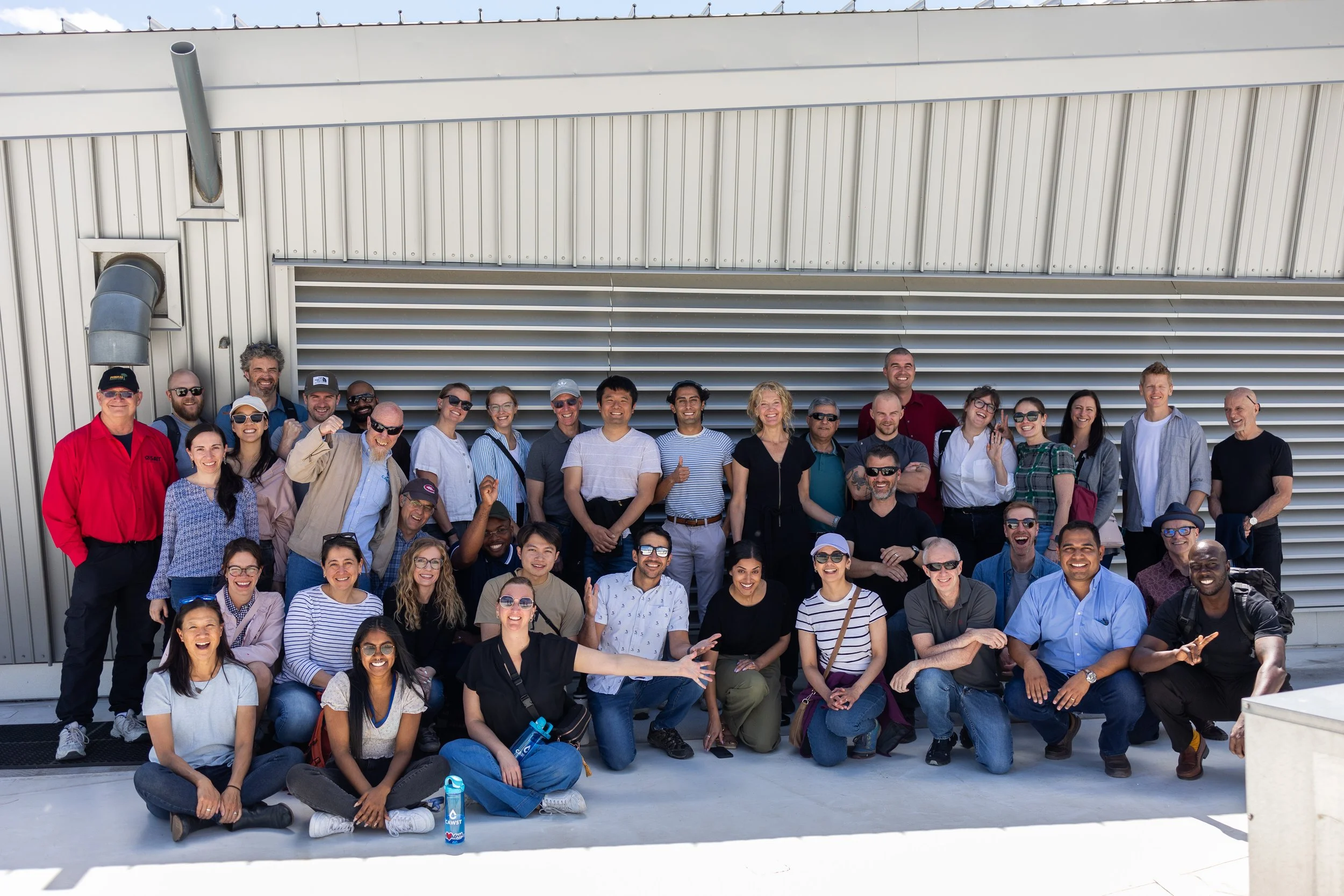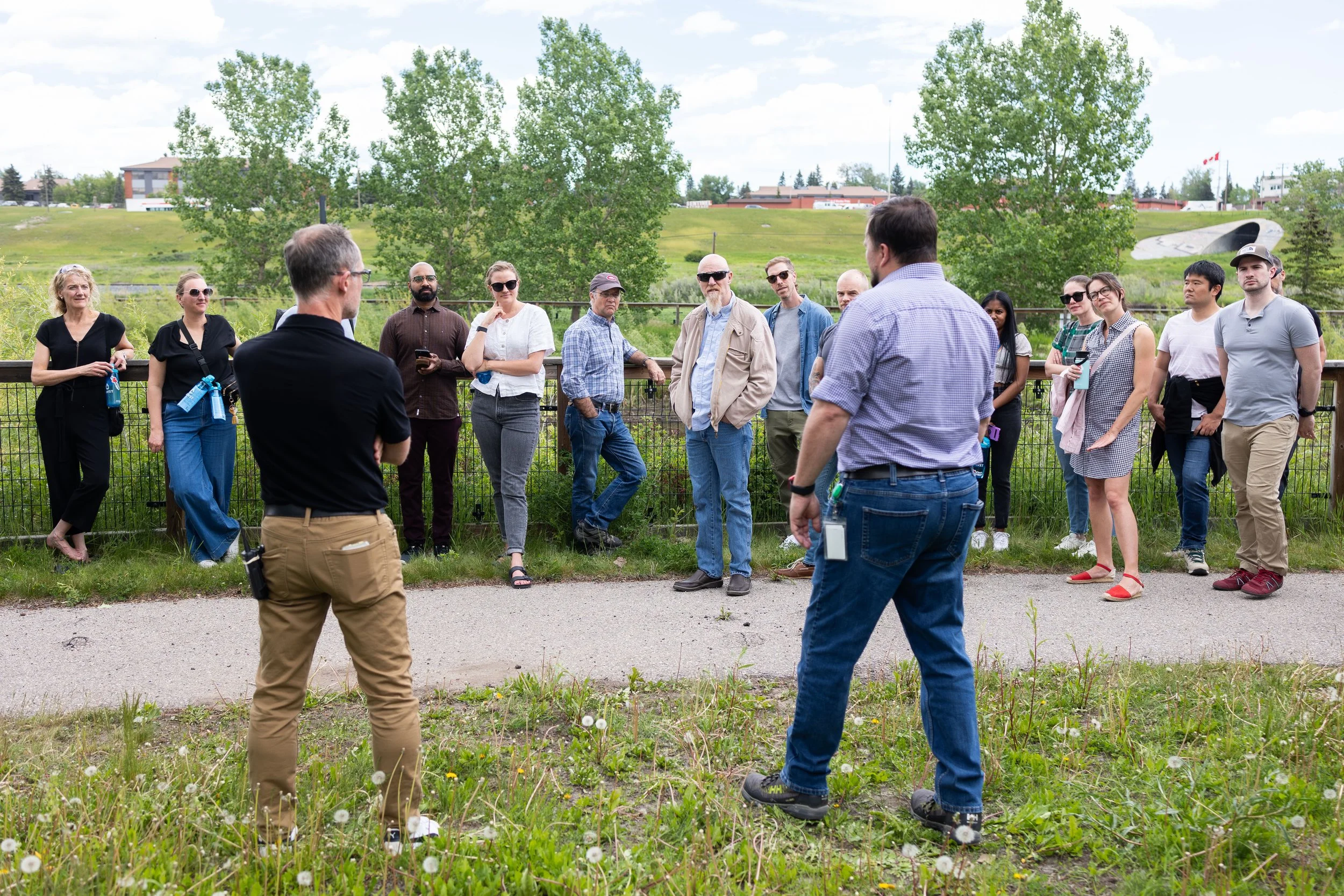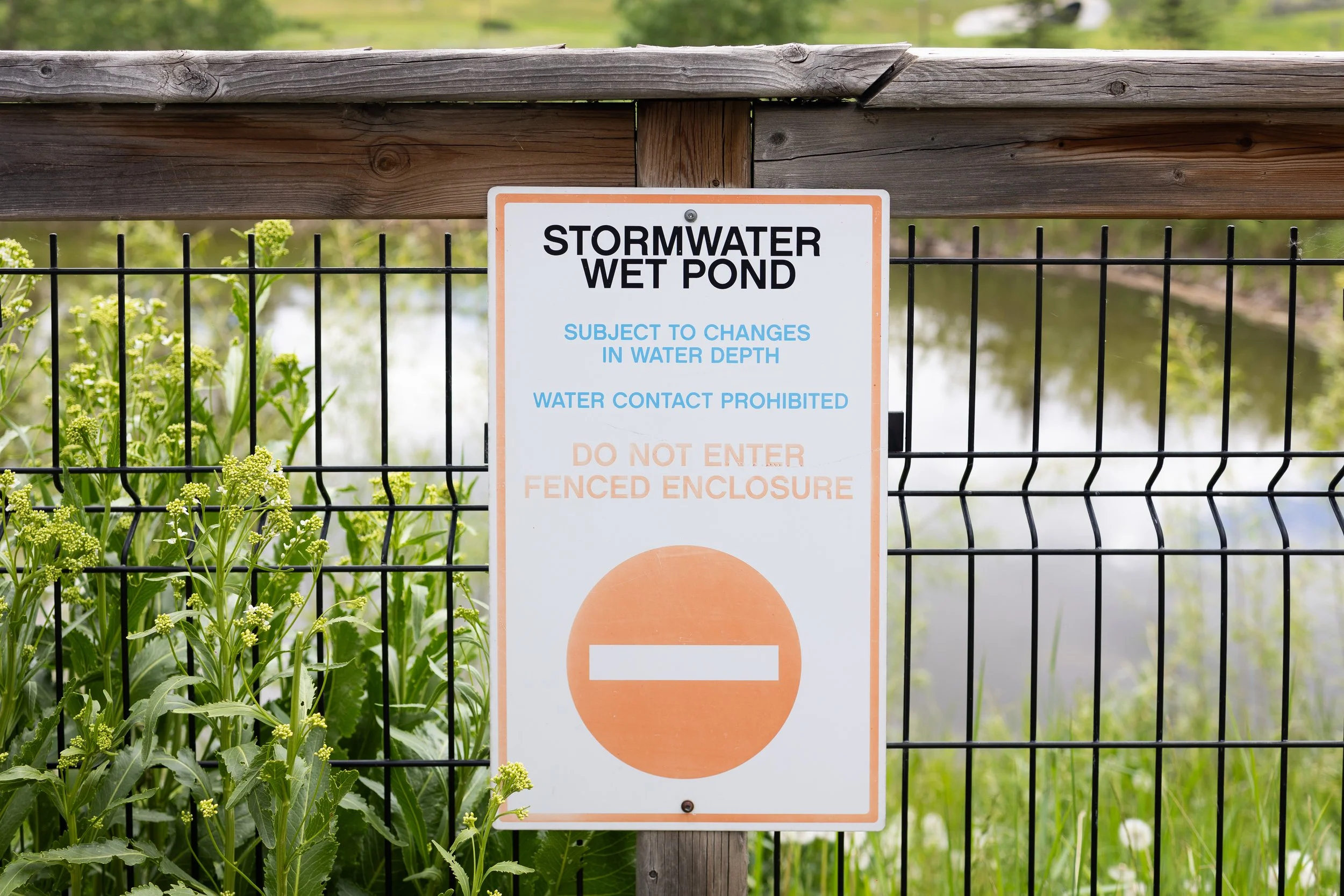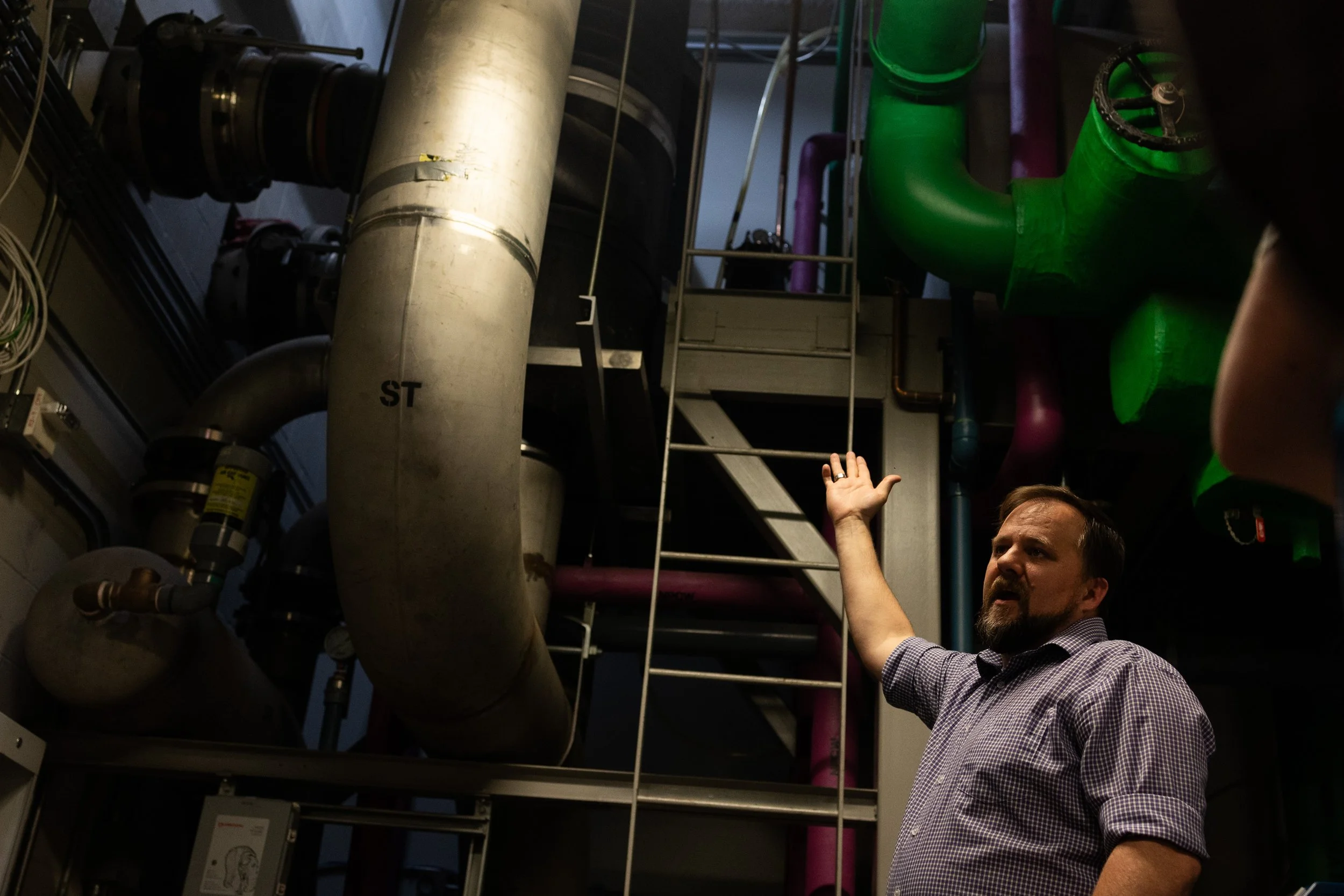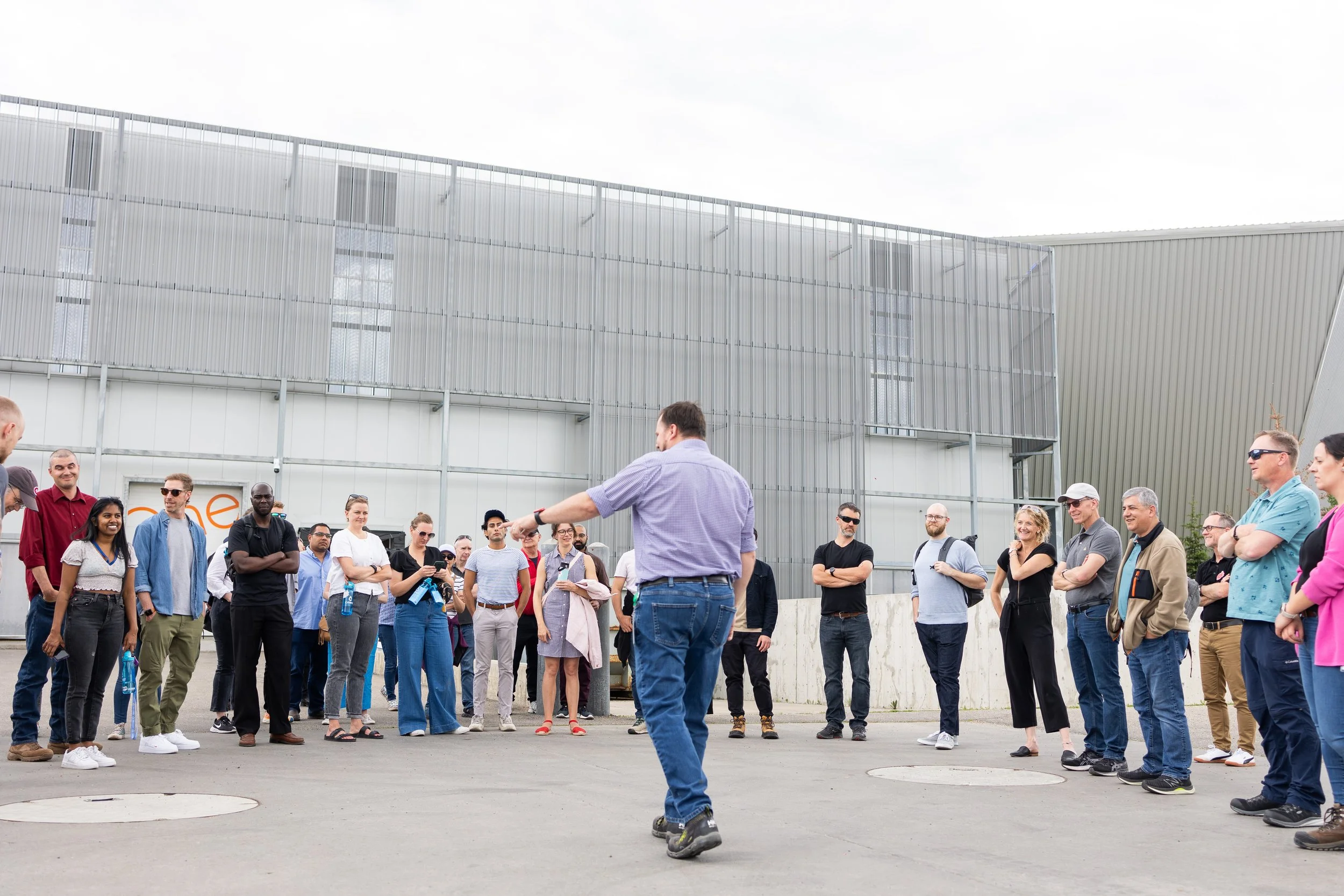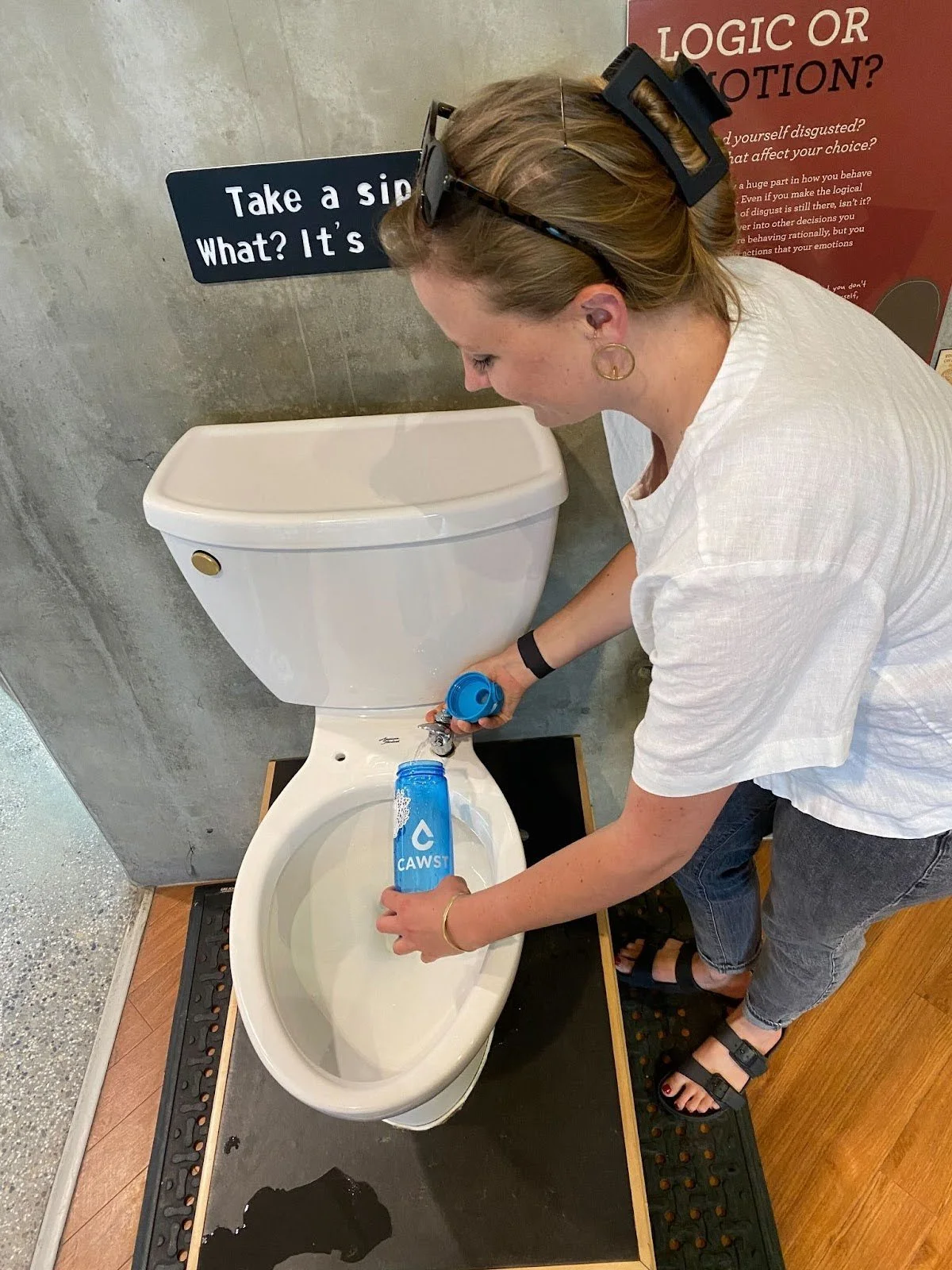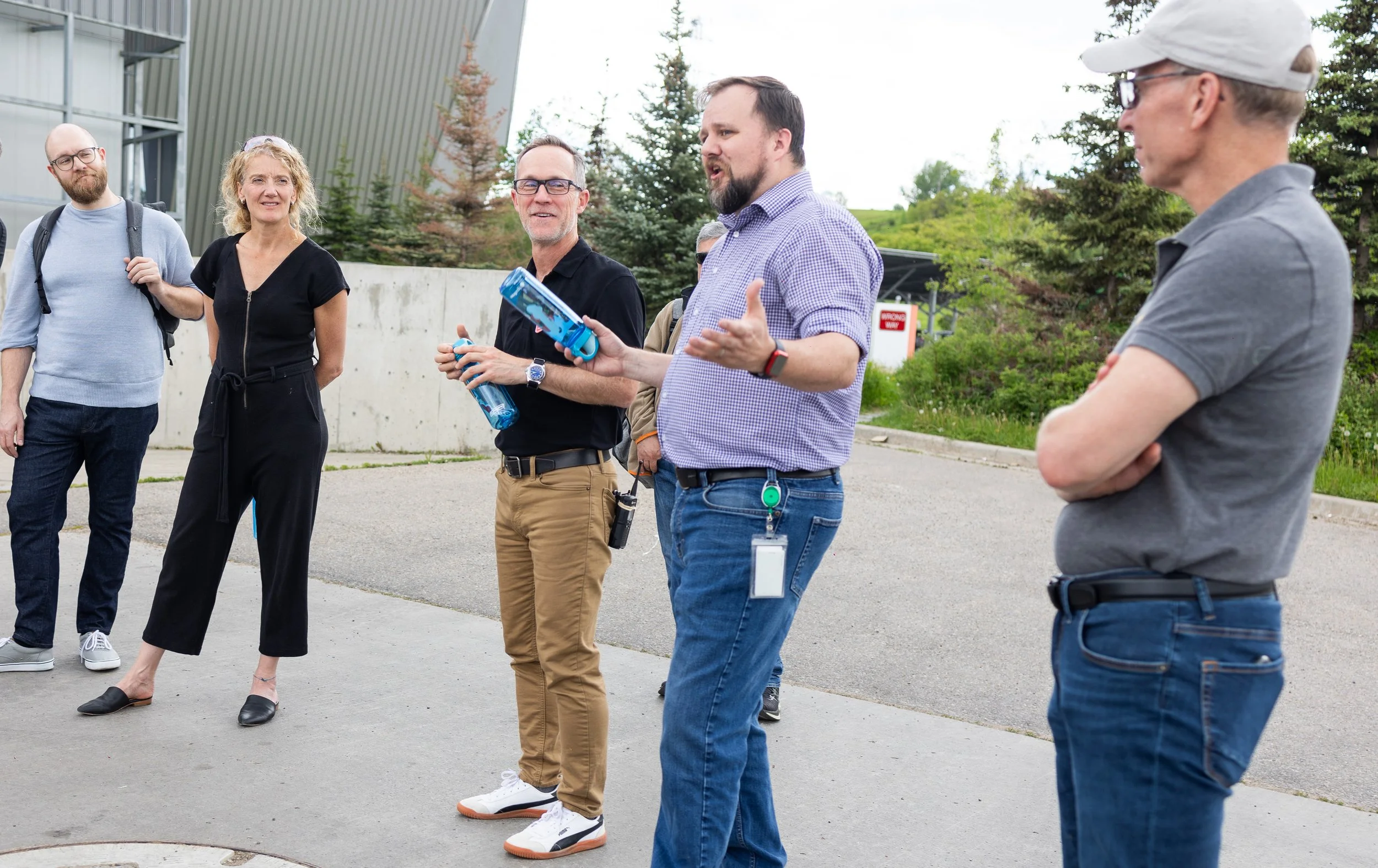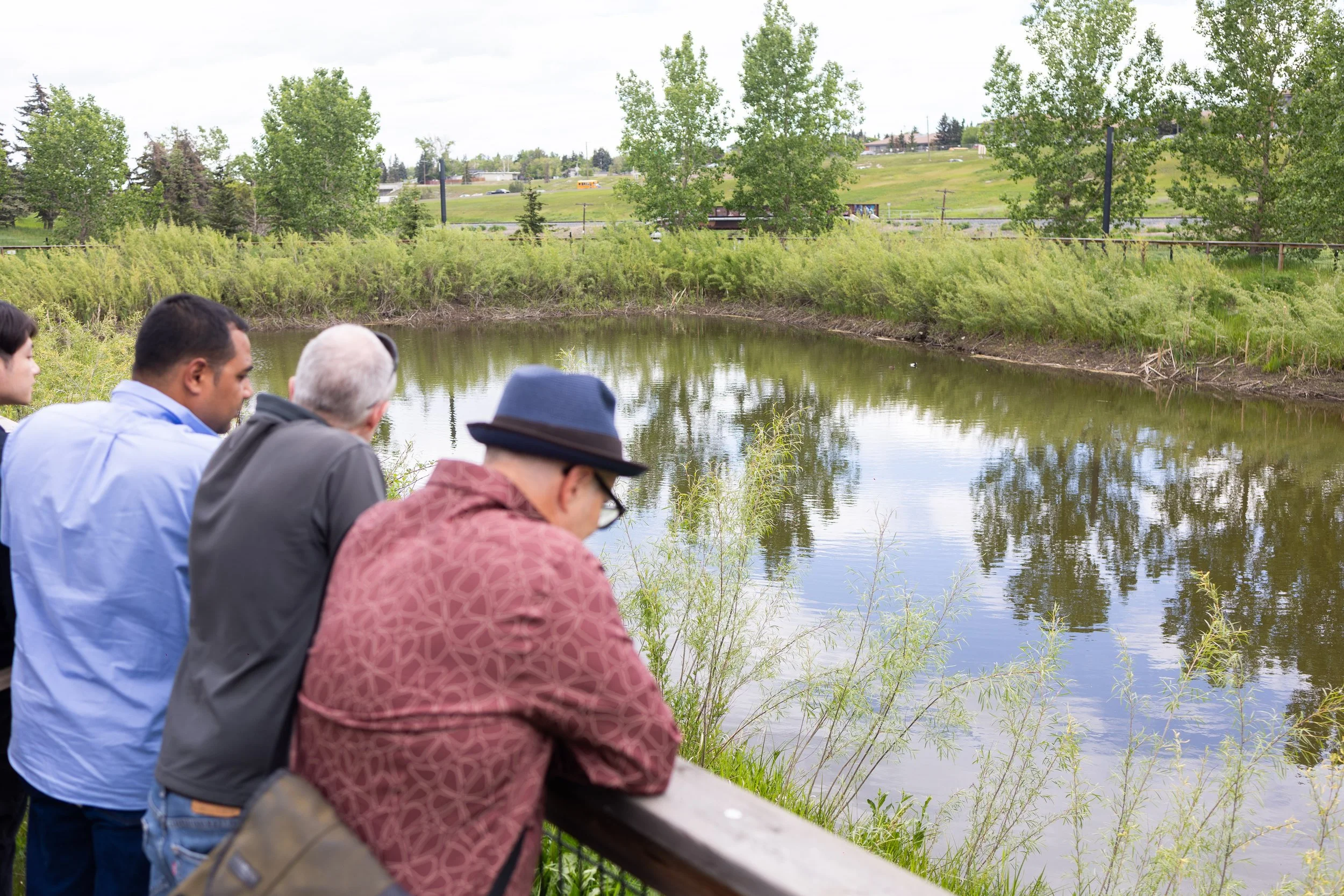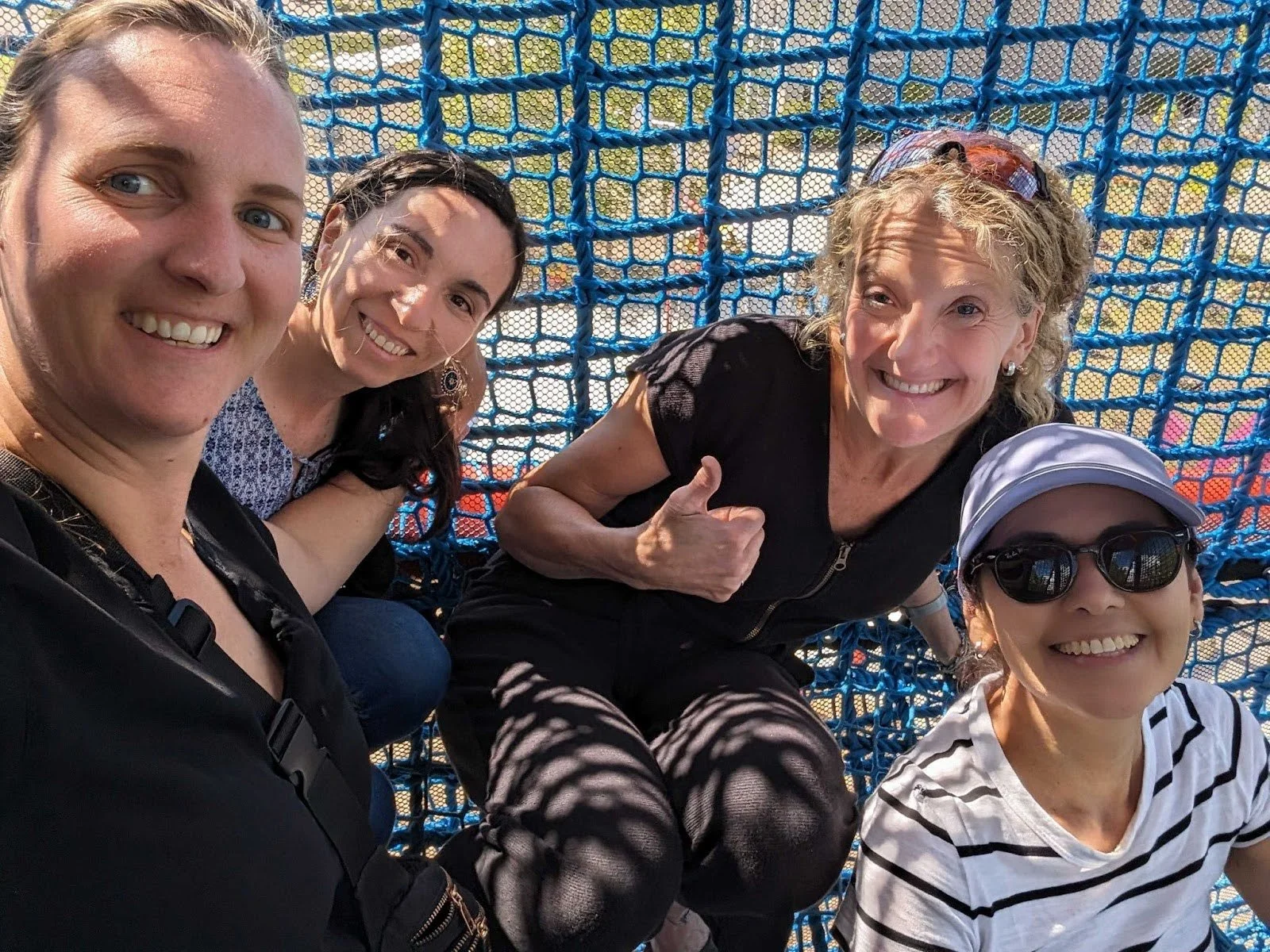Learning and innovating: CAWST's field trip to TELUS Spark Science Centre
The CAWST team on the roof of the TELUS Spark Science Centre.
The CAWST team visited the TELUS Spark Science Centre in Calgary to explore its state-of-the-art rainwater harvesting system. Field trips allow team members to engage in hands-on learning and see innovative solutions in action. This visit was part of our biannual learning exchange, an initiative to help us connect, increase our technical knowledge and realign on our organizational priorities.
In this blog, we share our discoveries about the rainwater harvesting system at Spark, highlight CAWST's commitment to learning and collaboration, explore the relevance of this technology in our global mission, and discuss how it can be applied at the household level.
Our eye-opening experience
Our trip began with a sense of curiosity and excitement. Many of our team members were unaware that Spark boasts a sophisticated rainwater harvesting system. We were eager to learn how this popular local attraction contributes to environmental sustainability.
When we arrived, we were greeted by Spark representatives Sam O’Neill, manager of health & safety and operations, and Alan Moore, education supervisor, who shared the history and goals of its rainwater harvesting initiative with us. We enjoyed a tour through Spark’s behind-the-scenes areas and up onto the roof. While we typically work globally on rainwater harvesting projects, we were inspired to see a wide range of methods and technologies used to efficiently collect, filter, store, and reuse rainwater in our home city. This unexpected discovery served as a reminder that innovative solutions are all around us.
The Spark building is also certified by the Leadership in Energy and Environmental Design (LEED) program, which provides standards for green building and renovations. Spark is LEED Gold certified, environmentally efficient in heating and cooling. It uses grey water in toilets and has solar panels on the roof of the stalls in the parking lot.
Sam and Alan from Spark share knowledge with the CAWST team.
Discovering rainwater harvesting technology
Rainwater harvesting, though simple in concept, can have a profound impact on water conservation. At Spark, we saw first-hand how rainwater is captured from rooftops, stored in tanks and filtered for use in irrigation and other non-potable applications.
The process involves several key stages:
1. Collection: Rainwater is gathered from roof surfaces and directed into storage tanks and a stormwater wet pond.
The rooftop of the Spark building, which serves as the main rainwater collection receptacle.
The stormwater wet pond at Spark.
2. Filtration: The collected water passes through filters to remove debris and impurities.
Sam from Spark explains how the filtration system works.
3. Storage: Filtered water is stored in tanks until needed.
CAWST team members learn about the underground storage tanks at Spark.
4. Usage: The stored water is used for irrigation and flushing toilets and urinals.
CAWST Global WASH Advisor Emily fills her water bottle from the toilet in the Being Human exhibit at Spark.
Did you know? The average toilet flush uses four to eight litres of water — that’s a lot of potable water (safe for human consumption) that goes quite literally… down the toilet. Spark reports they are able to achieve an 84% reduction in potable water consumption relative to buildings of a similar size, thanks to rainwater reuse.
This system not only reduces the demand on municipal water supplies, but also serves as an educational tool, demonstrating the feasibility and benefits of sustainable water practices.
Collaborating with local and international partners
Our visit to Spark underscores the importance of collaboration. By engaging with local organizations, we can leverage their expertise and resources to enhance our programs. These collaborations surpass local boundaries, as we also work with international partners to implement sustainable solutions around the world. We recently hosted a rainwater harvesting session in which our partners shared their experiences, challenges, and innovations in rainwater harvesting in their regions.
Alan and Sam complete the tour with well wishes for the CAWST team
Collaborative efforts ensure that we can adapt and apply innovative technologies like rainwater harvesting in diverse contexts around the world. This synergy between local knowledge and global experience is crucial for addressing complex water challenges.
Rainwater harvesting: a global and local solution
Rainwater harvesting is one of the many solutions that CAWST supports in different contexts around the world. In areas with limited access to clean water, this technology can provide a reliable and sustainable water source. Our field trip underscored the versatility and effectiveness of rainwater harvesting, inspiring us to explore its broader applications.
CAWST team members inspect the stormwater wet pond.
Earlier this summer, Calgary experienced a main feeder break, leading to city-wide water restrictions. This incident highlighted the importance of alternative water sources. Due to outdoor water restrictions and conservation efforts, many Calgarians set up simple rainwater harvesting systems in their homes to collect and store rainwater. Setting up these systems can reduce our reliance on municipal water supplies and ensure a backup source during emergencies. This technology not only improves water security but also promotes environmental sustainability.
We all have a role to play in water conservation
As we return to our work at CAWST headquarters in Calgary, we carry with us valuable insights and a renewed commitment to promote innovative technologies like rainwater harvesting. We extend our heartfelt thanks to the Spark team for their warm hospitality, and for so generously sharing its space and knowledge with us.
We invite you to explore our resources on rainwater harvesting and learn how you can contribute to creating a sustainable future. Together, we can make a difference, one drop at a time.
CAWST CEO, Shauna Curry and fellow team members enjoy the facility at Spark
For more information on rainwater harvesting and other sustainable water solutions, visit our WASH resources library.

